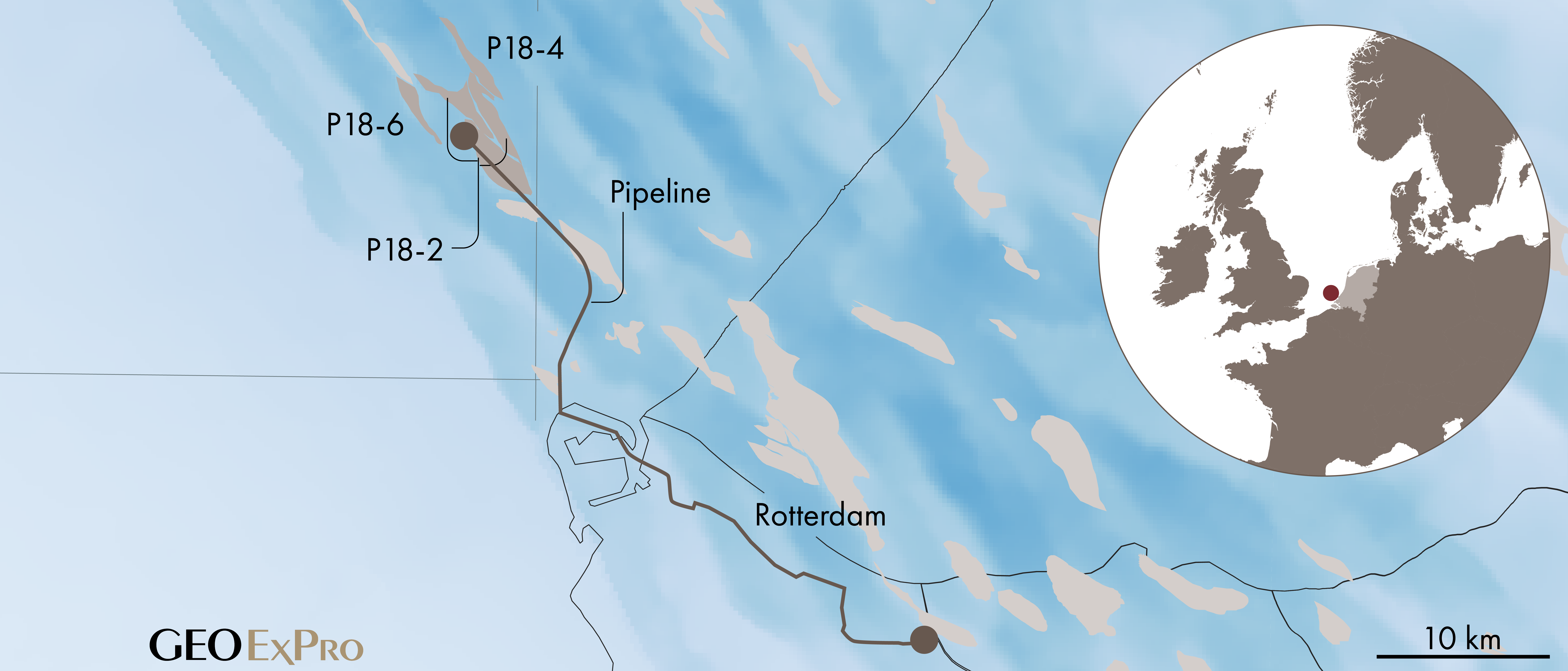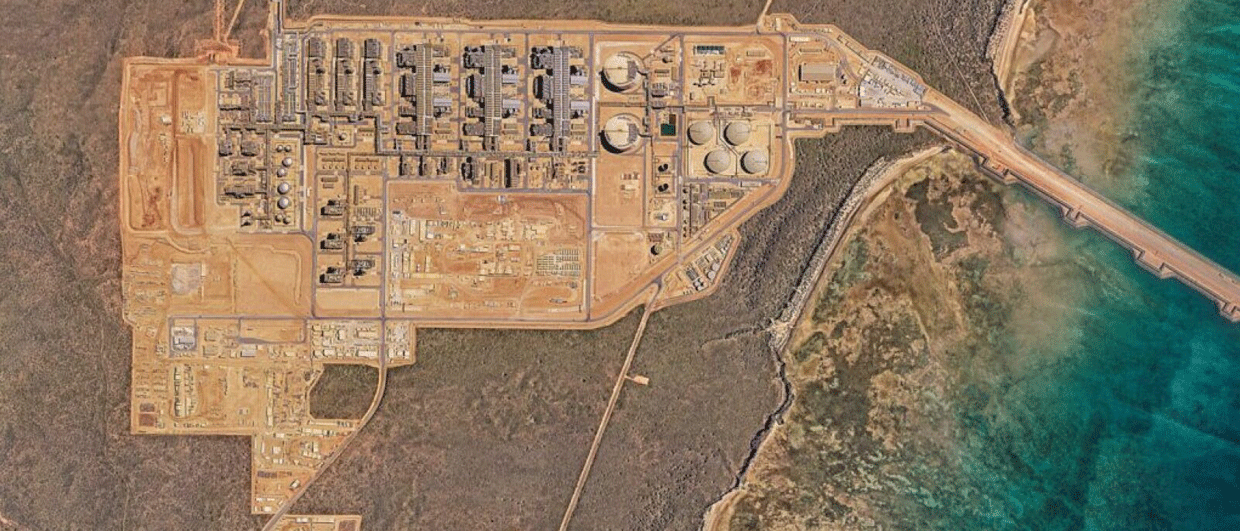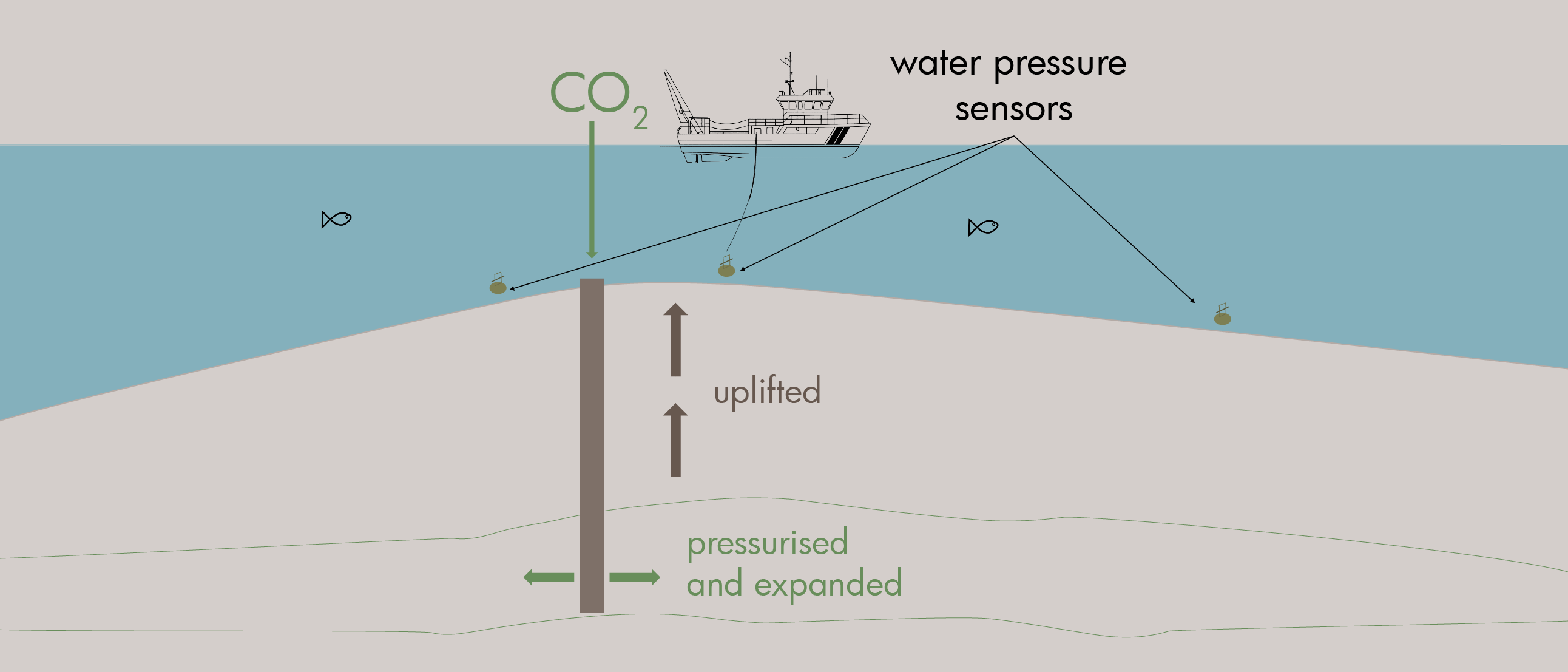More than 1000 people listened to the online broadcast of a hearing that lasted for about 3 minutes. There was something important at stake; the future of carbon storage in the Dutch offshore.
The most advanced carbon storage project in the Netherlands, Porthos, was put on hold more than a year ago when activist organization MOB challenged plans to construct the pipeline that will carry CO2 from the Rotterdam Harbour to the offshore platform P18-A. The issue? Nitrogen deposition as a result of the construction work. Nitrogen deposition is a big issue in the Netherlands at the moment, which has put a break on many projects.
However, in the Porthos case the judge has now ruled that even though the deposition of nitrogen will temporarily increase, the surrounding nature reserves will not be affected significantly. The fear that this will lead to more projects being given the go-ahead was rebutted. Every project will need to be assessed individually, even in the case of a temporary increase in nitrogen deposition.
What would have happened if Porthos was not given the go ahead today? It would certainly have put a huge damper on the prospect of any carbon storage projects going ahead in the country. Also, a lot of energy already went into realising Porthos. An entire team is dedicated to the project at Energie Beheer Nederland (EBN). Also, offshore, extensive work has already been done to prepare the P18-A depleted gas field for injection. As we reported last year, a complex well intervention operation was required to properly abandon one of the side-tracks.
The three reservoir compartments that make up the Porthos carbon storage project in the P18-A field (P18-2, P18-4 and P18-6) are together capable of storing around 41 million tonnes of CO2. Whilst the facilities will be able to transport and store up to 5 million tonnes a year, the plan is to initially inject 2.5 million tonnes a year.
With an annual emission of around 170 million tonnes (2020) in the Netherlands, Porthos will only make a very small dent in the country’s carbon emissions, but with other CCS projects on the table and a trend of declining emissions altogether, CCS is still seen as a way to get to Net Zero much quicker than without. It is therefore a positive signal that Porthos can now go ahead.





